Ensure the Safe Use of Radiography in Children
Because ionizing radiation can cause biological health risks, oral health professionals must be knowledgeable about radiation safety standards. While the discussion regarding radiation exposure risk is often focused on the medical field, there is ongoing concern regarding possible health hazards posed by low-dose dental radiographs, as they may be prescribed more frequently than medical images. The As Low As Reasonably Achievable (ALARA) radiation safety principle is important for oral health professionals to adopt—and is even more essential when treating pediatric patients because radiation exposure poses a significant risk to developing organs and tissues.
While radiographs are critical to diagnosing dental disease and for assessing growth and development in pediatric patients, children’s tissues may be at greater risk of ionizing radiation due to their small size, which puts them closer to the primary beam of radiation
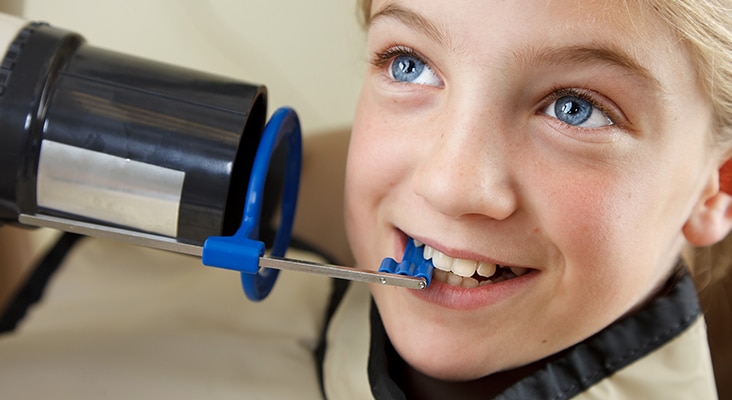
Children usually require an increase in the exposure settings to produce quality radiographic images because their bone structure is not as dense as adults.
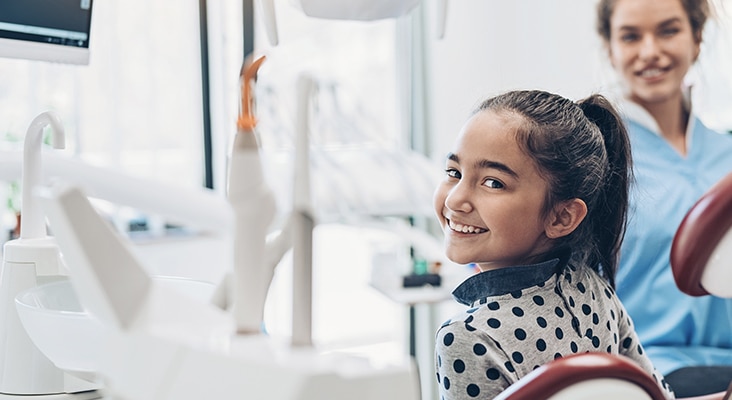
In what year did the Alliance for Radiation Safety in Pediatric Imaging started the global Image Gently® campaign to focus on advocacy to improve safe and effective imaging of children?

The goal of Image Gently is to promote special considerations for pediatric dental radiography and eliminate unnecessary exposures in children.
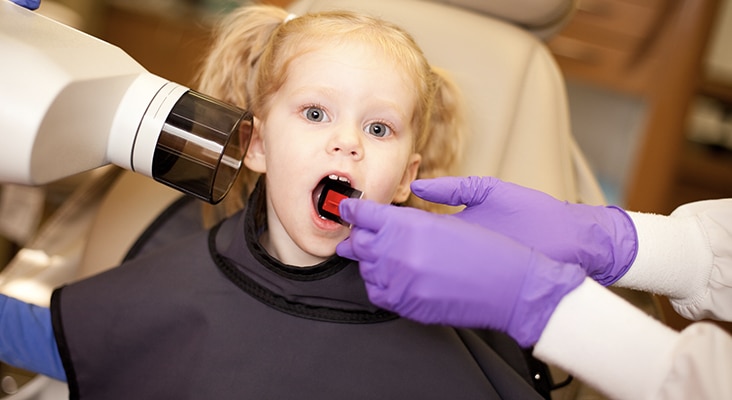
Evidence-based selection guidelines should be utilized when making decisions about the type, frequency, and quantity of dental radiographs to be taken for adults, adolescents, and children.
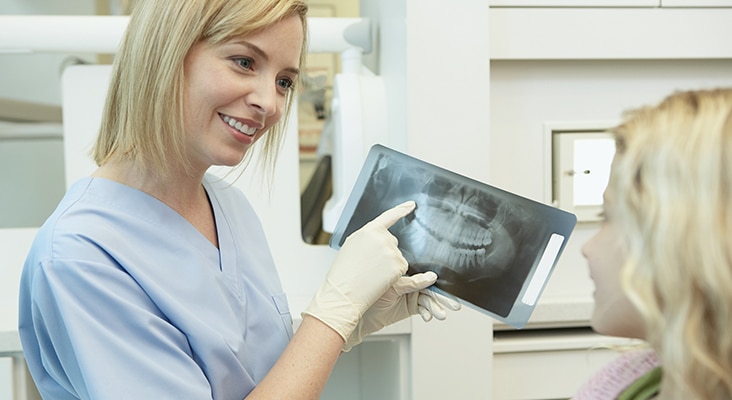
To keep radiation exposure as low as possible in children, oral health professionals should use E- or F-speed film or digital sensors.
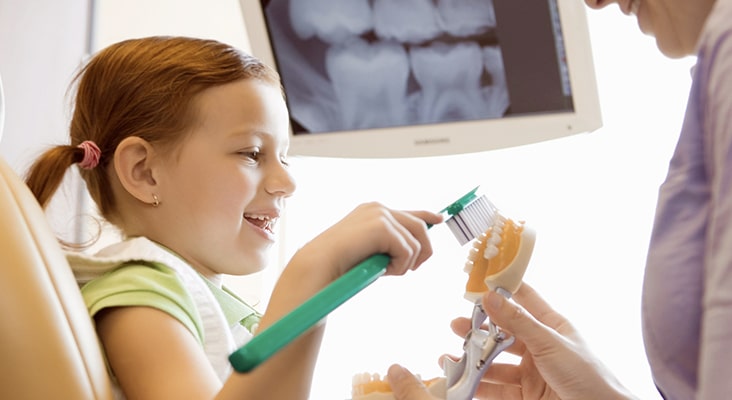
Restricting an X-ray beam size via collimation increases patients’ radiation exposure.

Less radiation is required for the exposure of dental radiographs in children because tissues and bone structures are less dense when compared to adults
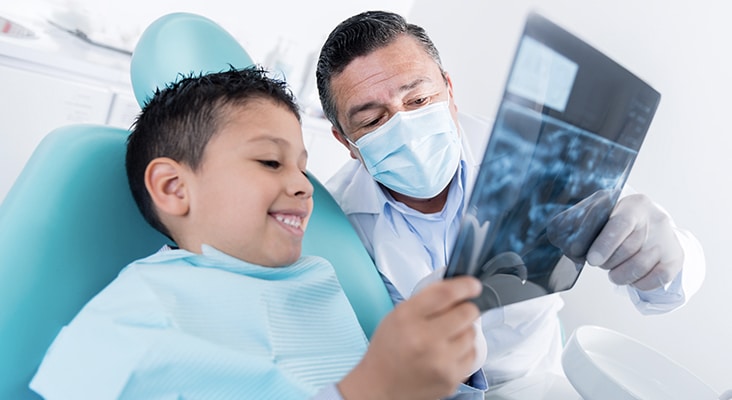
The thyroid gland is considered one of the least sensitive tissues to ionizing radiation in children.
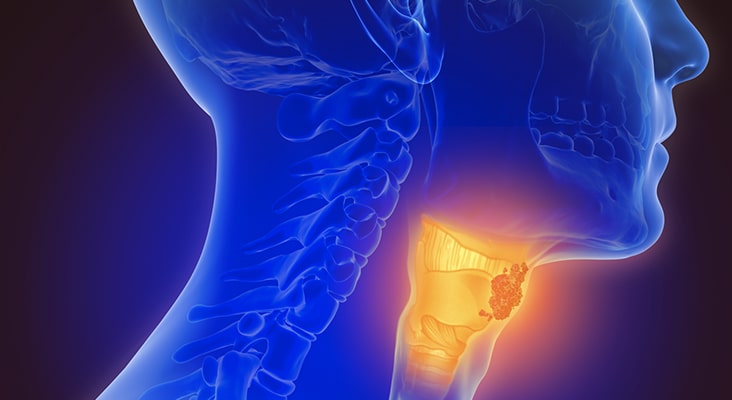
Share your Results:

